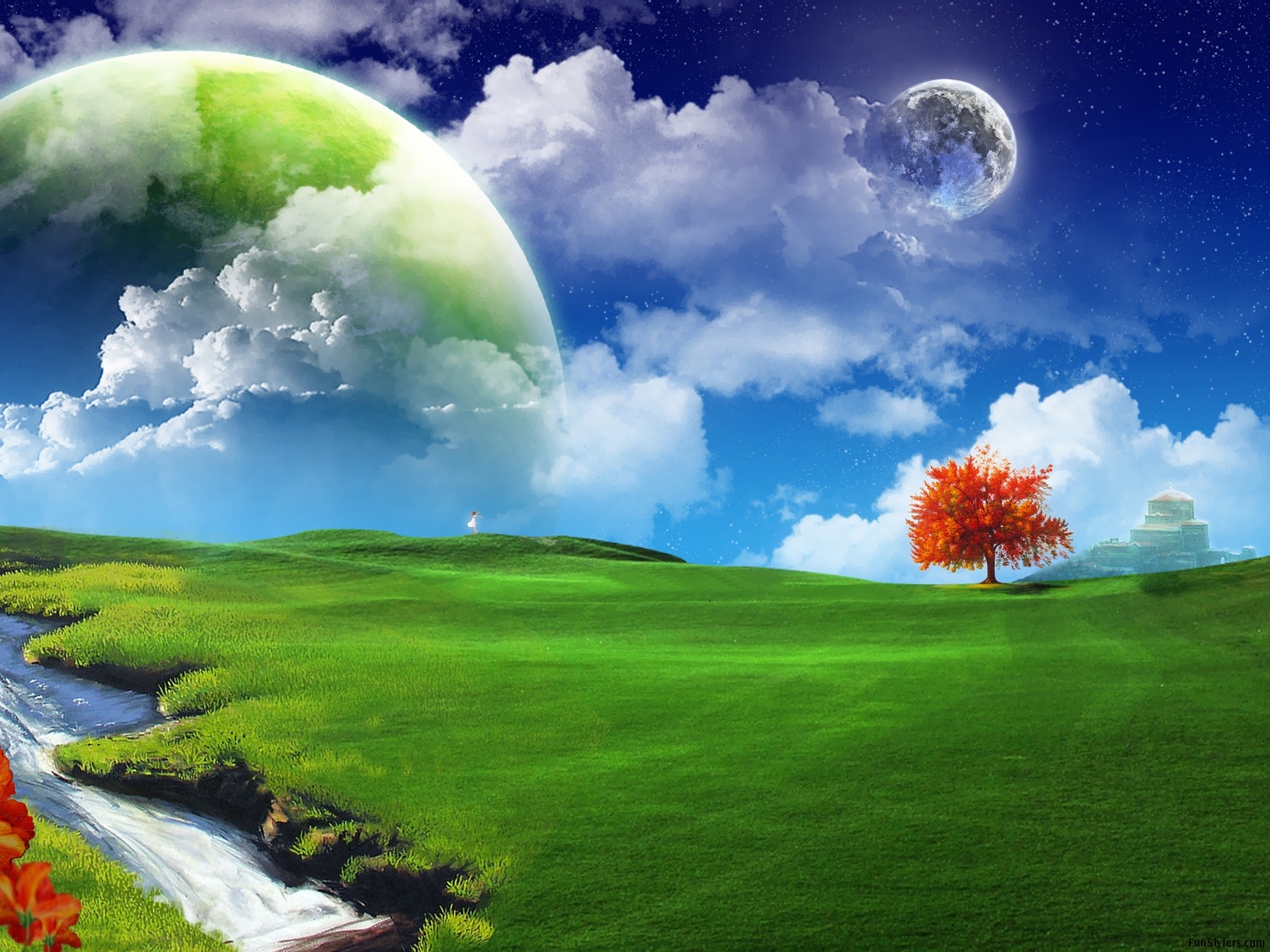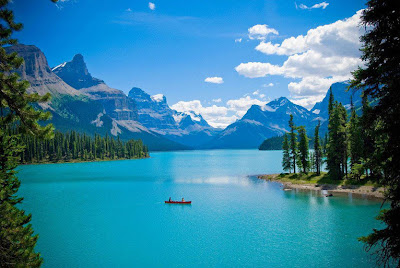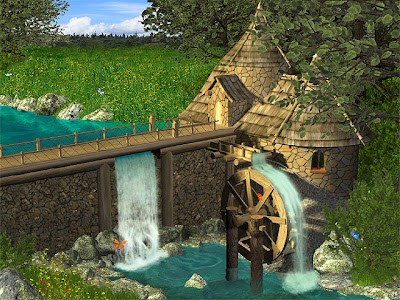Beautiful 3d Wallpaper Biography
source(google.com.pk)
3D computer graphics (in contrast to 2D computer graphics) are graphics that use a three-dimensional representation of geometric data (often Cartesian) that is stored in the computer for the purposes of performing calculations and rendering 2D images. Such images may be stored for viewing later or displayed in real-time.
3D computer graphics rely on many of the same algorithms as 2D computer vector graphics in the wire-frame model and 2D computer raster graphics in the final rendered display. In computer graphics software, the distinction between 2D and 3D is occasionally blurred; 2D applications may use 3D techniques to achieve effects such as lighting, and 3D may use 2D rendering techniques.
3D computer graphics are often referred to as 3D models. Apart from the rendered graphic, the model is contained within the graphical data file. However, there are differences. A 3D model is the mathematical representation of any three-dimensional object. A model is not technically a graphic until it is displayed. Due to 3D printing, 3D models are not confined to virtual space. A model can be displayed visually as a two-dimensional image through a process called 3D rendering, or used in non-graphical computer simulations and calculations.3D computer graphics creation falls into three basic phases:
3D modeling – the process of forming a computer model of an object's shape
Layout and animation – the motion and placement of objects within a scene
3D rendering – the computer calculations that, based on light placement, surface types, and other qualities, generate the image
Modeling
The model describes the process of forming the shape of an object. The two most common sources of 3D models are those that an artist or engineer originates on the computer with some kind of 3D modeling tool, and models scanned into a computer from real-world objects. Models can also be produced procedurally or via physical simulation. Basically, a 3D model is formed from points called vertices (or vertexes) that define the shape and form polygons. A polygon is an area formed from at least three vertexes (a triangle). A four-point polygon is a quad, and a polygon of more than four points is an n-gon[citation needed]. The overall integrity of the model and its suitability to use in animation depend on the structure of the polygons.
Layout and animation
Main article: Computer animation
Before rendering into an image, objects must be placed (laid out) in a scene. This defines spatial relationships between objects, including location and size. Animation refers to the temporal description of an object, i.e., how it moves and deforms over time. Popular methods include keyframing, inverse kinematics, and motion capture. These techniques are often used in combination. As with modeling, physical simulation also specifies motion.
Rendering
Main article: 3D rendering
Rendering converts a model into an image either by simulating light transport to get photo-realistic images, or by applying some kind of style as in non-photorealistic rendering. The two basic operations in realistic rendering are transport (how much light gets from one place to another) and scattering (how surfaces interact with light). This step is usually performed using 3D computer graphics software or a 3D graphics API. Altering the scene into a suitable form for rendering also involves 3D projection, which displays a three-dimensional image in two dimensions.
Beautiful 3d Wallpaper

Beautiful 3d Wallpaper

Beautiful 3d Wallpaper

Beautiful 3d Wallpaper

Beautiful 3d Wallpaper

Beautiful 3d Wallpaper

Beautiful 3d Wallpaper
.jpg)
Beautiful 3d Wallpaper

Beautiful 3d Wallpaper

Beautiful 3d Wallpaper

No comments:
Post a Comment